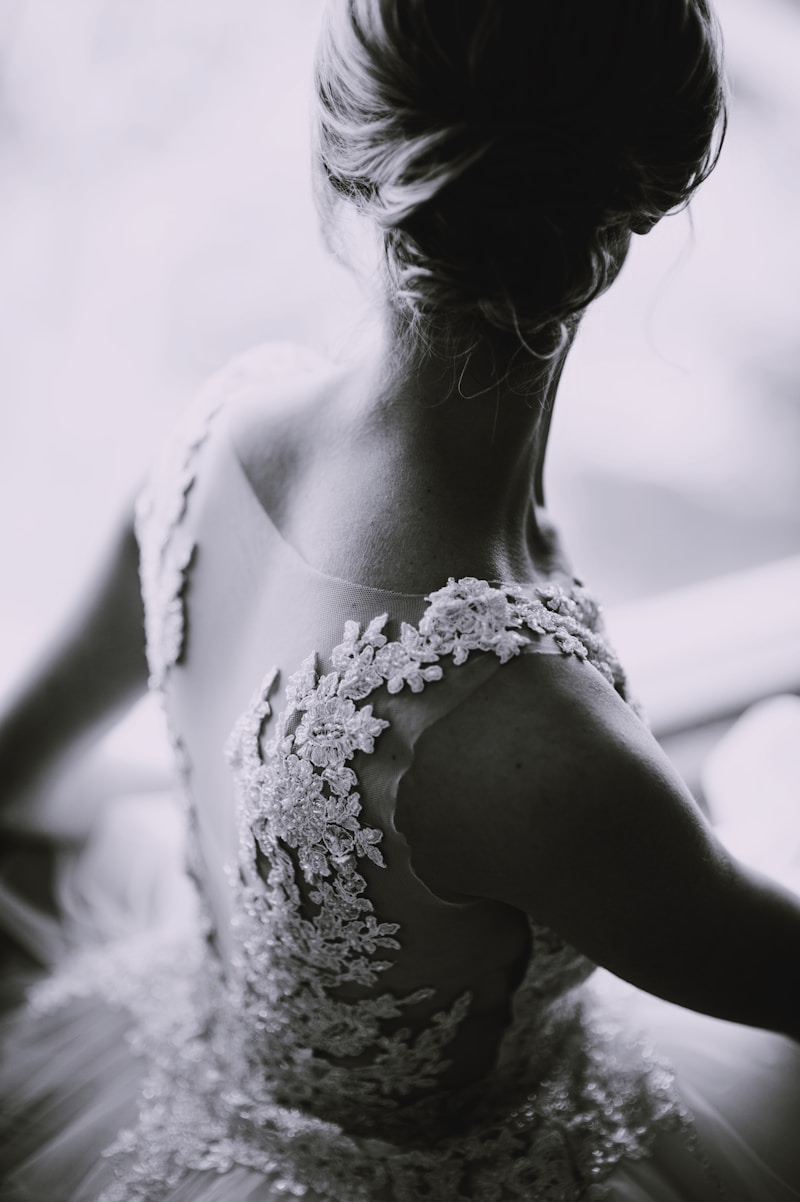Exploring the Artistic Elements of Heritage Weddings: A Blend of Tradition and Creativity
Weddings often serve as a mirror reflecting the cultural heritage of a community. Among the various types of weddings, heritage weddings are unique in their ability to weave traditional elements with artistry, creating an intimate and meaningful experience for couples and their families. In this article, we will delve into the artistic elements of heritage weddings, from intricate decorations to traditional attire, and how these aspects contribute to the overall celebration.
Understanding Heritage Weddings
Heritage weddings are characterized by the integration of cultural customs, rituals, and artistry that have been passed down through generations. Unlike Modern weddings that often emphasize contemporary themes and trends, heritage weddings celebrate the rich history and traditions of a particular culture. They often feature distinctive artistic elements that reflect the couple’s lineage and their community's heritage.
The Role of Artistic Elements in Heritage Weddings
Artistic elements play a pivotal role in defining the atmosphere and aesthetic of a heritage wedding. These elements can include:
| Artistic Element | Description |
| Traditional Attire | Custom garments reflecting cultural significance, often elaborately designed. |
| Decorations | Intricate designs depicting cultural motifs, floral arrangements, and color themes. |
| Ceremonial Artifacts | Unique items used during rituals that represent cultural beliefs and values. |
| Food and Drink | Culinary offerings that highlight traditional recipes and presentation styles. |
| Music and Dance | Traditional performances that enhance the spirit of celebration and cultural exchange. |
Traditional Attire: The Fabric of Heritage
One of the most striking artistic elements in heritage weddings is traditional attire. Couples often don costumes that hold significant meaning and symbolism within their culture. For instance, in Indian heritage weddings, brides typically wear a vibrant saree or lehenga adorned with intricate embroidery and jewelry, while grooms may don a sherwani, providing a regal touch to the ceremony.

Moreover, specific colors may represent different aspects of life, love, and prosperity. For example, red is often worn by brides in many cultures to symbolize love and fertility. The care and artistry that go into creating these outfits reflect not just fashion but a deep respect for cultural history.
Decorations: A Canvas of Culture
Decorations set the ambiance for any wedding, but in heritage weddings, they take on a more meaningful role. Decorative elements often include:
- Traditional textiles
- Handcrafted items
- Cultural symbols and motifs
- Natural elements like flowers and greenery
For instance, in a traditional Chinese wedding, the decor is heavily influenced by symbols of fortune and happiness, such as the color red in lanterns and table settings. The meticulous attention to detail in these decorations transforms a venue into a vivid portrayal of cultural stories and ideals.
Ceremonial Artifacts: Engaging with Tradition
Ceremonial artifacts hold significant meaning in heritage weddings. These items might include:
- Bridal trays
- Prayer books
- Wine glasses used in unity ceremonies
Every artifact has a story that connects it to the cultural heritage of the couple. For instance, in a Greek wedding, the "stefana" (wedding crowns) represents unity and is a sacred element, often elaborately designed with flowers or metalwork.
Food and Drink: A Taste of Culture
Food is another vital aspect of heritage weddings, showcasing regional cuisines that reflect cultural identity. In Italian heritage weddings, traditional dishes like lasagna and tiramisu take center stage, served in family-style to create an inviting atmosphere. The artistry in food presentation is equally important; decorative platters and vibrant garnishes enhance these culinary creations, making the dining experience part of the celebration.
Music and Dance: The Heartbeat of Heritage
No heritage wedding is complete without the sounds of music and the rhythm of dance. Traditional performances often narrate stories and histories, bringing families together in celebration. In a Jewish wedding, the Hora dance engages the entire gathering, creating a joyful and memorable moment that resonates with cultural significance.
Creating a Personal Artistic Touch
While heritage weddings are rooted in tradition, modern couples can enhance their celebrations by adding personal artistic elements that reflect their unique story. Here are some suggestions:
- Incorporate modern elements with traditional motifs in wedding decor.
- Design a custom invitation that blends modern design with cultural symbolism.
- Choose music that explores both traditional and contemporary styles.
- Personalize the menu with a mix of traditional recipes and modern favorites.
Conclusion: Celebrating Cultural Heritage through Artistry
The artistic elements of heritage weddings serve as a bridge between the past and present, allowing couples to honor their cultural backgrounds while making new memories. From traditional attire that exudes elegance to meticulously crafted decor that tells a story, every aspect of a heritage wedding is steeped in rich history and artistic expression.
When planning a heritage wedding, it’s essential to remain connected to the roots while allowing room for personal interpretation and creativity. This not only preserves the significance of cultural traditions but also makes the celebration unique to the couple. Embrace the beauty of heritage, and let the artistic elements illuminate your special day. Remember that these moments will be cherished for generations to come, so infusing them with creativity and heartfelt meaning can create a truly unforgettable experience.
In summary, as you embark on your journey towards a heritage wedding, consider the significant impact of artistic elements. Whether it’s the attire, the ceremonial artifacts, or the music and food, each piece plays a crucial role in telling your story and honoring your heritage. Take the time to research and incorporate these elements thoughtfully, and you will create a wedding that truly reflects the richness of your cultural heritage.